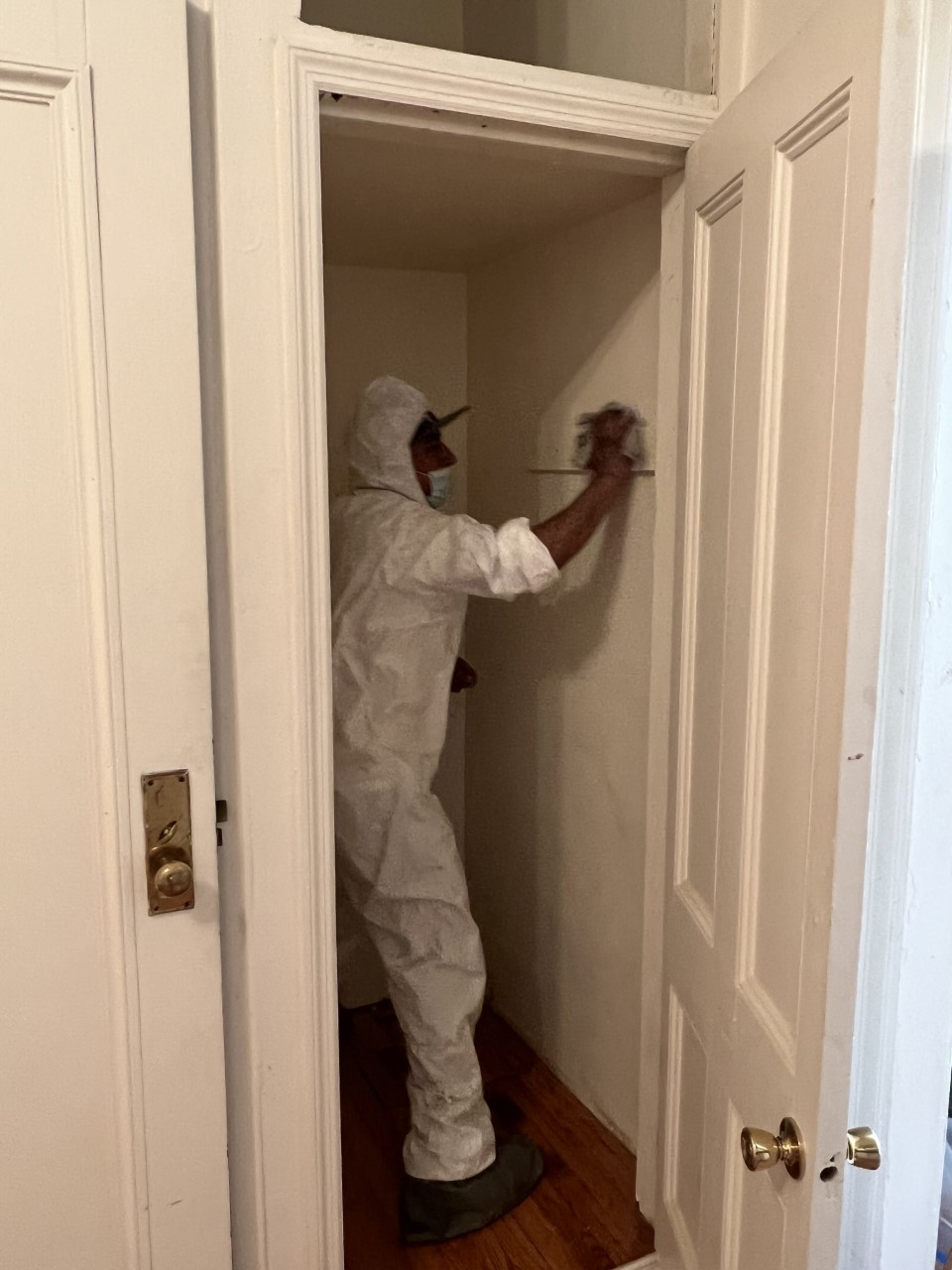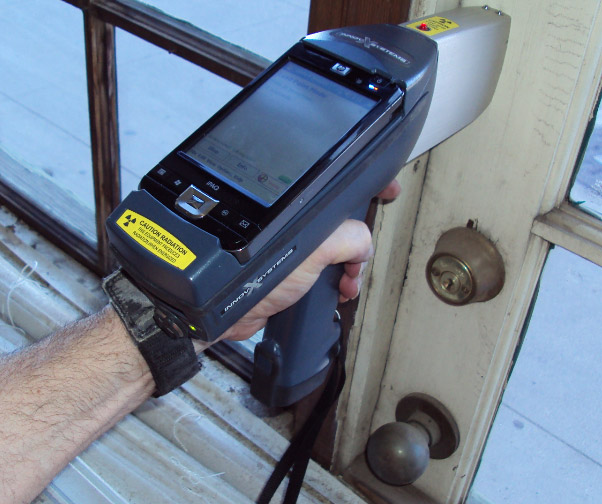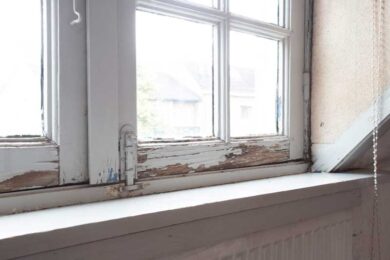Expert Lead Paint Removal Company-- Serving All NYC Boroughs
Expert Lead Paint Removal Company-- Serving All NYC Boroughs
Blog Article
Comprehensive Guide on Effective Lead Violation Removal Methods
In the world of environmental safety, resolving lead violations requires a careful and organized method. This comprehensive guide begins by highlighting the crucial preliminary steps of determining lead hazards via advanced evaluation and testing methods. The guide elaborates on the importance of sticking to rigorous safety and security methods during the removal process, including the usage of proper PPE and separating affected areas.
Determining Lead Hazards
Recognizing lead threats is an essential initial step in alleviating the dangers connected with lead direct exposure. Lead, a poisonous steel, can be present in various ecological mediums, including paint, soil, water, and dust. It positions serious health and wellness threats, especially to children and expectant females, bring about neurological damages and developmental hold-ups. As a result, precise recognition of prospective lead sources is vital for efficient remediation.
The first stage in determining lead risks entails comprehending common lead sources within the developed setting. Frameworks built prior to 1978 are especially susceptible as a result of the common use of lead-based paint throughout that duration. Furthermore, dirt contamination can happen from weakening exterior paint, commercial exhausts, or historic use leaded gasoline.
Another significant resource is lead piping and pipes fixtures, which can leach lead right into alcohol consumption water. Consumer goods such as playthings, porcelains, and imported items might additionally consist of hazardous lead levels. Notably, work atmospheres and pastimes entailing lead can track impurities into homes.
Assessment and Screening
When resolving lead threats, efficient analysis and screening are paramount. Initial analysis normally involves an aesthetic assessment to determine potential lead sources, such as deteriorating paint or contaminated dirt.

Dust wipe sampling is another critical technique, particularly in domestic setups. By collecting examples from floors, windowsills, and other surfaces, this method supplies understandings right into potential direct exposure risks. Dirt testing around structure perimeters is vital to identify lead contamination that can position risks, specifically to kids.
Safe Removal Procedures
Upon finishing comprehensive evaluation and screening, implementing safe removal procedures is the next critical stage in addressing lead dangers. This process makes certain that lead-contaminated products are properly and securely eliminated, reducing risk to both employees and homeowners. The very first step includes isolating the damaged area utilizing plastic sheet and correct sealing methods to stop the spread of lead dust.
Employees need to wear ideal personal protective tools (PPE), including respirators, gloves, and non reusable coveralls, to mitigate exposure. Utilizing specialized tools and damp methods, such as wet fining sand or utilizing HEPA-filtered vacuum cleaners, minimizes the dispersion of lead particles. It is critical view website to stay clear of completely dry sanding or unpleasant blasting, as these check my blog techniques can generate harmful lead dust.
Garbage disposal is one more crucial part; all contaminated materials must be securely gotten and labeled according to EPA and neighborhood laws. In addition, detailed cleaning of the workplace with HEPA vacuums and wet cleaning makes sure the removal of residual lead particles.
Post-Removal Confirmation

Verification of successful lead removal, known as post-removal verification, is important to guarantee the safety and security and habitability of the remediated location. This assessment guarantees that all known resources of lead have been dealt with and that no noticeable indications of contamination stay.
Following the visual evaluation, environmental tasting is performed. This includes gathering dust, soil, and sometimes advice water examples from the remediated area. Approved laboratories analyze these examples to measure lead levels, ensuring they fall below the safety and security limits established by regulatory bodies such as the Epa (EPA)
In addition, air top quality testing may be carried out to find air-borne lead particles, specifically in cases where considerable lead-based paint elimination or improvement has actually happened. The results of these tests give quantitative data validating that the lead degrees are within allowable restrictions.
Eventually, post-removal confirmation functions as an important checkpoint, validating the effectiveness of the lead reduction initiatives and guarding the health and wellness of occupants and visitors.
Safety Nets and Upkeep

A key safety net consists of making use of lead-safe licensed contractors for any type of renovation, repair, or paint tasks. These experts are trained in techniques that reduce lead dirt and particles. In addition, maintaining coloured surfaces to stay clear of chipping or peeling off is vital, as weakening paint can launch lead bits right into the atmosphere.
Educational initiatives targeting building proprietors and lessees relating to the threats of lead and the importance of reporting any kind of potential risks can better enhance preventative initiatives. Routine cleaning making use of HEPA vacuum cleaners and damp wiping strategies can significantly minimize lead dirt buildup.
Final Thought
In recap, effective lead offense removal demands a careful strategy encompassing detailed assessment, specific screening, and rigorous removal treatments. Continuous examinations and maintenance are crucial to alleviate future lead hazards, consequently protecting public wellness and guaranteeing continual compliance with regulative needs.
Report this page